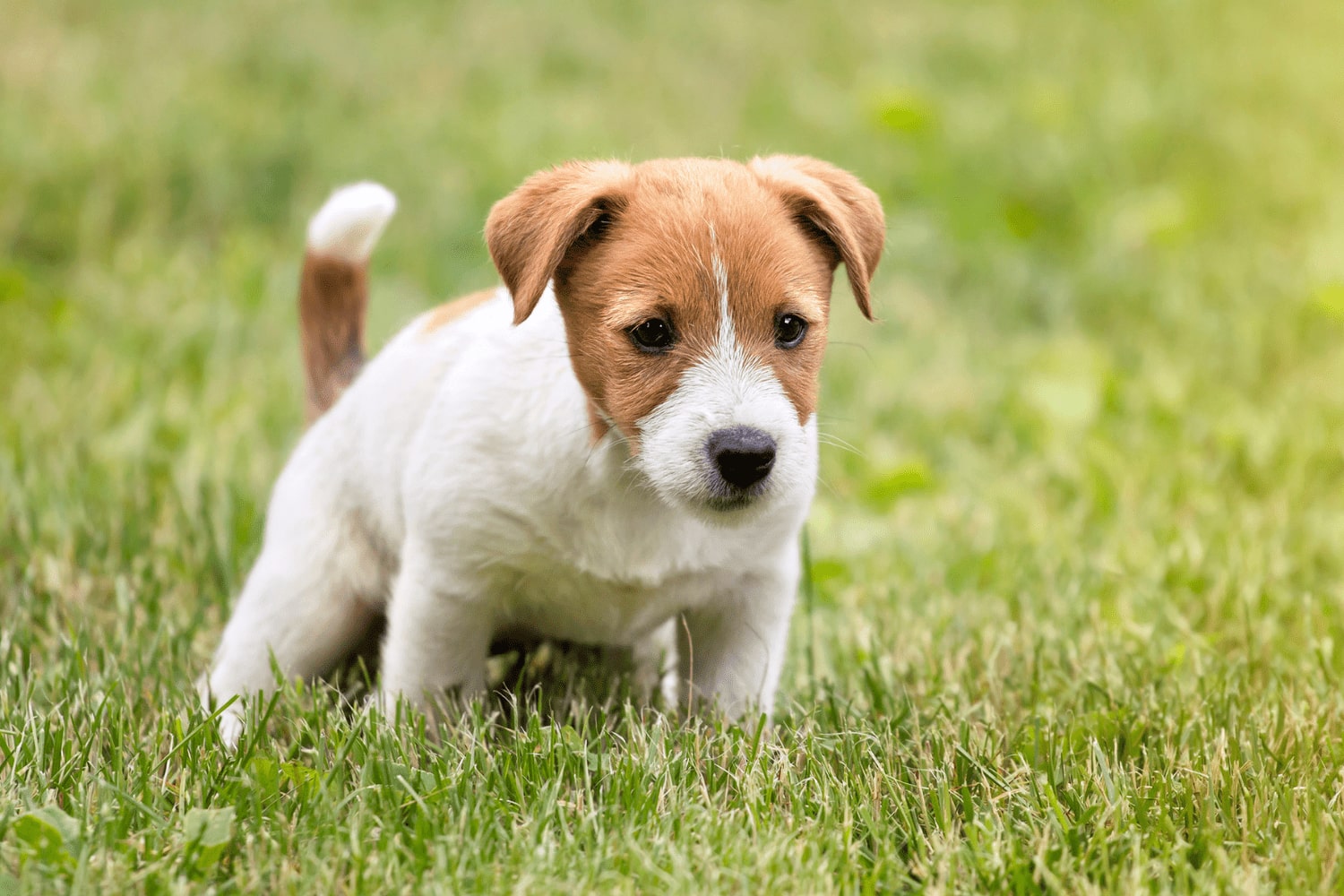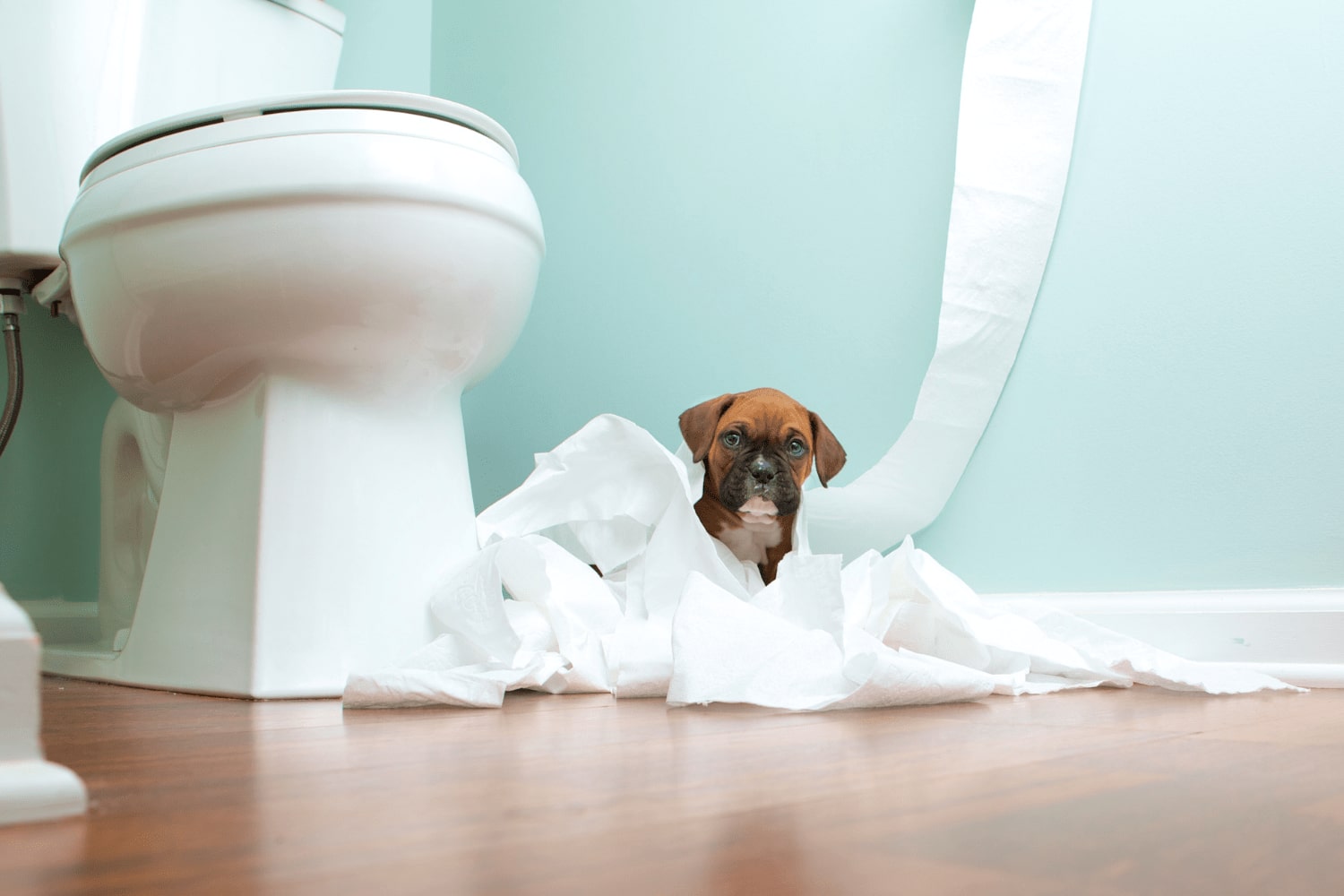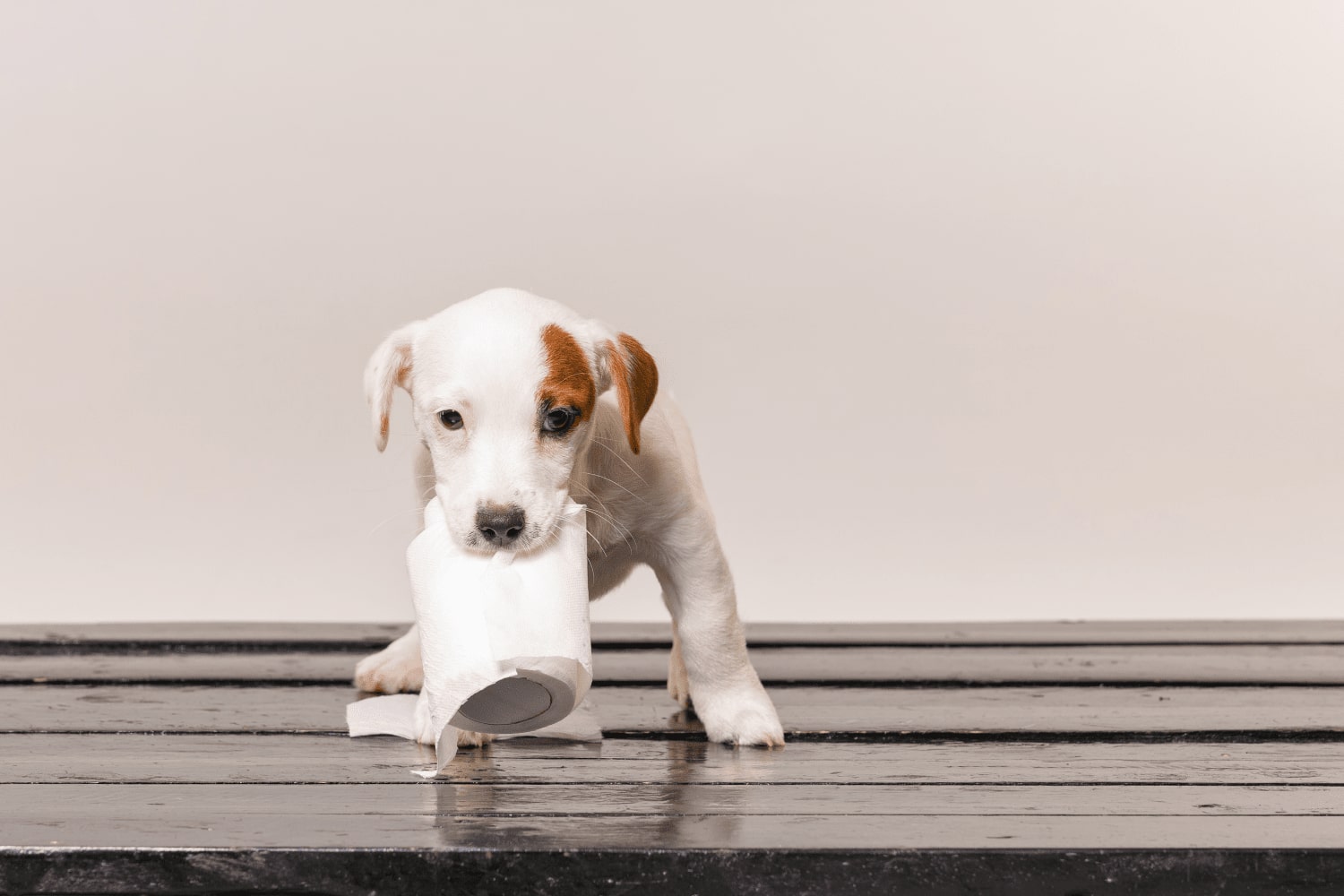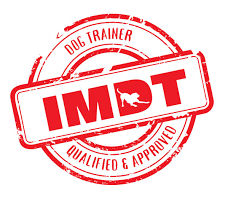The 3 P’s: Fool-proof advice for toilet training your puppy
Did anyone warn you, owning a puppy is hard work?
It’s a good thing puppies are so cute, because many of their habits are anything but sweet. From piddling on the carpet to pooping in your slippers, they are a four-legged tornado when it comes to toileting habits.
But you can’t blame them. A puppy is only obeying the call of nature and has no idea where they are supposed to pee and poo…which is where it’s up to you to get to grips with toilet training your puppy and ensuring that they develop positive habits!
IF you’re confused by the whole puppy potty training thing, or you made a start but failed miserably, then don’t worry. Royvon is on hand to share the foolproof way to toilet train your puppy in a way that is as stress free as possible! So, if you are struggling with this element of owning a puppy, or you’re doing your research in anticipation of getting a new four-legged friend, keep on reading…
 The Three P’s: Make or Break Rules For Toilet Training
The Three P’s: Make or Break Rules For Toilet Training
The principle behind successful puppy toilet training is simple and consists of just three simple rules:
#1: Praise the puppy when he spends a penny (or poo)
#2: Provide plenty of opportunities for your pup to visit the toilet spot
#3: Prevent accidents in the wrong places and clean up after them
The make-or-break difference is that those pet parents who stick with the rules consistently are going to succeed and toilet train their pup relatively quickly, whilst those who make a half-hearted attempt or just aren’t that consistent are more likely to fail. It’s important to remember that puppy potty training takes a lot of time and patience. If you’re not prepared to do it properly, ask yourself if you’re really ready to own a puppy?
Now let’s look at each rule in more detail.
#1: Praise the puppy when he spends a penny (or poo)
If someone offered you £100 to dust the lounge room, would you do it?
In anyone’s book, this is easy money that has you dashing for the duster.
Well, toilet training your puppy uses similar psychology, in that the dog positively wants to toilet in the right place to earn a reward. The idea is for the dog to understand that wonderful things happen when they pee in a certain place. Then they learn to save up to ‘spend’ his bladder contents for treats.
To do this, keep extra tasty treats in your pocket, which you use to reward your puppy when they do a good job. The trick is to mark the moment of ‘success’ with a cue command such as “Get Busy” or “Toilet time.” Then when the pup finishes, give them a huge fuss and that tasty reward.
To help your pup understand what’s going on, you need to take them outside and stay with them while they do their business. Leaving them to play unattended in the garden isn’t going to work, because you aren’t present at the magic moment to give them the treat and reinforce those positive habits.
#2: Provide plenty of opportunities to visit the toilet spot

That cute puppy has a tiny bladder and an even smaller capacity to hold on. Get luck going in your favour by putting them on the toilet spot regularly!
Get Mother Nature to give you a helping paw with toilet training your puppy by putting them outside on these occasions:
- Immediately after waking up
- A few minutes after a meal
- If they haven’t emptied their bladder for an hour or more
Indeed, for very young puppies (8 – 12 weeks), it’s a good idea to set an alarm on your phone and take them to the toilet spot every 20 – 30 minutes. This greatly increases the chances of a happy accident in the right place, so you can praise your dog and reinforce that this is where they’re supposed to go.
#3: Prevent accidents in the wrong places
Your puppy will learn the rules quickly if they avoid bad habits. This means limiting the opportunity to toilet in the wrong place. This is hard work, but the effort you put in will be rewarded in the long term with a perfectly toilet trained dog!
You can help to prevent accidents by watching the puppy like a hawk when they’re loose in the room. During this time, restrict them to one or two rooms in the house. Learn to read their body language and at the first sign of an exploratory sniff to lift a leg, whisk them off to the toilet spot.
It helps, when you’re not playing with them, to keep the pup on a leash attached to your wrist. That way you know when they’re on the move and can keep an even closer eye on them.
For those times when you can’t be in the same room, you can crate train your dog. The crate is the puppy’s den and they will be reluctant to soil it. That way, they are more likely to hold on rather than relieve themselves, until you take them out of the crate and ….you guessed it….take them to the toilet spot!
What NOT to Do when toilet training your puppy
What if you did everything right, but the puppy still isn’t on song? This can happen when you show frustration when the puppy pees in the wrong place.
In a puppy’s mind, when you tell them off, they assume that you have an irrational dislike of their bodily functions. This backfires badly. Firstly, it will make the pup more secretive, so they will just go behind the sofa next time. And secondly, it may make them shy about toileting in your presence, with a subsequent set back in training.
Accidents will and do happen. Accept it, and get on with cleaning up. Blot up any ‘spills’ with a paper towel. Then, you can deodorise with an ammonia-free cleaning product. This removes the scent markers which could draw your dog back to do their business the same spot again.

A Word about Night-Time
As a rule of thumb, a puppy can only hold their bladder for the same number of hours as they are months old, give or take an hour. For example, a two-month-old puppy can hold on for 2 – 3 hours. At night, when they’re asleep and not running around this may stretch to four hours at a maximum.
This means that your puppy will need a toilet break in the middle of the night. But to avoid puppy playtime at 3 am, it’s vital that you get them up in a low key way. Where possible, don’t switch the light on, but keep things dark or dim. Talk to your dog as little as possible, so that they will learn that night is sleepy time and not play time. Put them on the toilet spot, praise them when they go, and then it’s straight back to bed, with a firm “Good night”.
And finally, good luck! Toilet training your puppy is hard work and there will be ups and downs. But stick with the 3 P’s and you will get there in the end.
Here at Royvon, we have years if experience in puppy training and helping owners to overcome all sorts of issues! If you have a new puppy and want to ensure that you’re training them correctly so that they develop into happy and well-rounded adults, we can help! Simply visit our website or get in touch today to find out more about how we can help you.


 The Three P’s: Make or Break Rules For Toilet Training
The Three P’s: Make or Break Rules For Toilet Training




[…] due to urine but also makes it easier for the puppy to learn where its toilet. Dogs tend to do toilet in the same places where their smell […]
[…] from those they love. This distress shows itself as barking (to the annoyance of neighbours), toileting in the house, or destructive behaviour such as chewing […]
[…] puppy has to go out of its bed and then go to the toilet on. As most dogs do not like going to the toilet where they sleep having a suitable size of crate will make house training easier. It’s best to […]